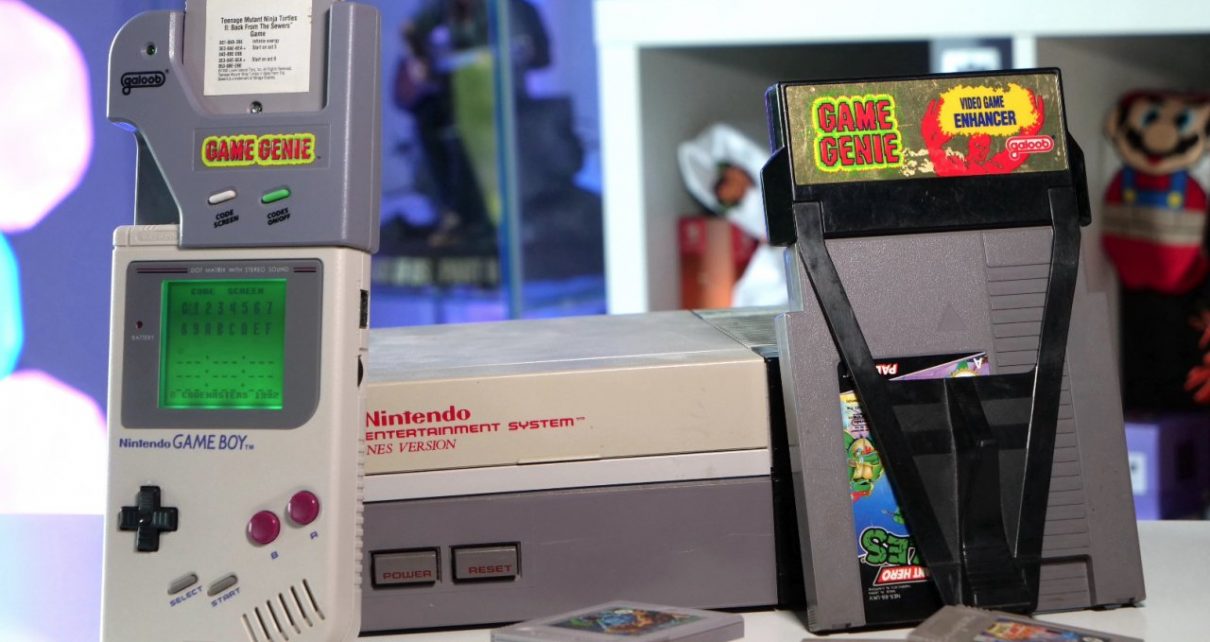The cheat cartridge that cost Nintendo millions.
Much has been written about cheating in games. The history of which is so old and entwined it’s difficult to find its origins. Developers included cheats to aid development, from Manic Miner to Gradius. In computer games, it was possible for players to ‘POKE’ data values and change things, with old magazines printing listings of them. These allowed unlimited lives, fixing of glitches, and more. Computer games also had ‘trainers’ made, some even being sold – Castle Wolfenstein from 1981 had one by Muse Software. Some developers also built-in cheats, codes, and passwords for players to use. Put simply: the altering of games has always existed, even if it’s less prevalent today than it was during the ’80s and ’90s.
Things get especially interesting when looking at the history of physical cheat devices that interface with game-playing hardware. Game Genie was not the first; Datel produced Action Replay cartridges for the C64 and other computers as early as 1985. There were also the Multiface peripherals for various computers, by British company Romantic Robot. These allowed not just cheats but also backing up games. Plus, there were other lesser-known plug-in devices. By the time Game Genie (initially) launched in 1990 the concept of cheat devices was already well established. Unlike Game Genie, however, none incurred the wrath of Nintendo, with a $15 million lawsuit ensuing.
Read the full article on nintendolife.com





